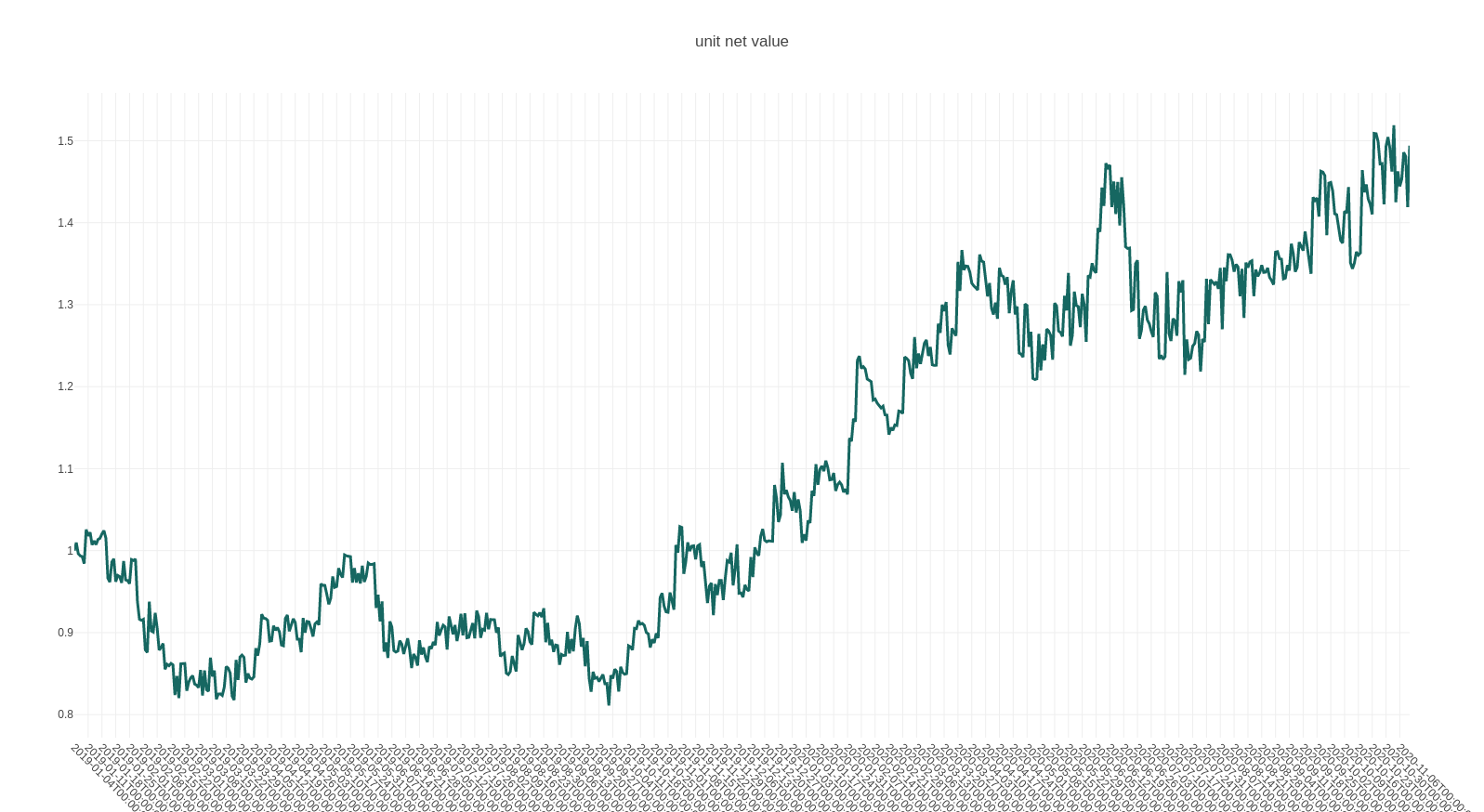sharpe¶
sharpe is a unified, interactive, general-purpose environment for backtesting or applying machine learning(supervised learning and reinforcement learning) in the context of quantitative trading.
it’s designed to allow maximum flexibility and simplicity in the practical research process: raw financial data -> feature engineering -> model training -> trading strategy -> backtesting, come in the reasonable level of abstraction.
core features:
unified: unify the rule-based and factor-based trading methodology, supervised learning and reinforcement learning in a framework.
interactive: state(feature) -> action(portfolio-weight) -> reward(profit-and-loss/returns) bar-by-bar, allow maximum workflow control.
general-purpose: market-independent, instrument-independent, trading-frequency-independent.
outline¶
1 Motivation and concept design¶
Before we walk through an end-to-end example how to backtest a trading stratey with sharpe, let’s take a step back and discuss and understand the difficuties encountering when design a backtest engine for quantitative trading, the answer derives from quantitative researchers own different types of trading philosophy, trade different types of instruments in different markets with different trading frequencies.
different types of trading philosophy: rule-based methodology versus factor-based methodology(supervised learning versus reinforcement learning)
different types of instruments in different market: stock, index, ETF, future in different countries and markets.
different trading frequencies: intra-day trading(seconds, minutes, hours) and inter-day trading(daily, weekly, montly)
different data structures and dtypes: cross-sectional data is used for explaining the cross-sectional variation in stock returns, time series data is used for timing strategy development, sequential data is used for sequencial-model, e.g. RNN and it variation algorithm. Besides, supervised learning algorithm and reinforcement learning need different data architecture.
trading decison can be viewed as a special case of sequential decision-making, which can be formalized as follows: at each timestamp,
a agent sees a observation of the state of the environment, that the agent lives in and interacts with
and then decides on an action to take, based on a policy(can be also called strategy, a mapping from state to action)
The agent perceives a reward signal from the environment, a number that tells it how good or bad the current action is
see the observation of the next state, and iteratively
The goal of the agent is to find a good policy(strategy) to maximize its cumulative reward.
followwing this concept framwork, sharpe re-conceptualizes the process of trading and provides research with low-level, common tool to
2 Additonal Features¶
Support rule-based and factor-based trading strategy backtesting
Helper functions for data/order management and rl algorithms.
Various environment wrappers(e.g. data type wrapper, support pandas, numpy, pytorch tensor)
Logging, visualization, and experiments management
Unit tested, continuously integrated
3 Install¶
$ git clone https://github.com/StateOfTheArt-quant/sharpe
$ cd sharpe
$ python setup.py install
4 Quick Start¶
The following snippet showcases the whole workflow of trading strategy development in sharpe.
from sharpe.utils.mock_data import create_toy_feature
from sharpe.data.data_source import DataSource
from sharpe.environment import TradingEnv
from sharpe.mod.sys_account.api import order_target_weights
import random
random.seed(111)
feature_df, price_s = create_toy_feature(order_book_ids_number=2, feature_number=3, start="2020-01-01", end="2020-01-11", random_seed=111)
data_source = DataSource(feature_df=feature_df, price_s=price_s)
env= TradingEnv(data_source=data_source, look_backward_window=4, mode="rl")
print('----------------------------------------------------------------------')
company_id = "000001.XSHE"
def your_strategy(state):
"""
here is a random strategy, only trade the first stock with a random target percent
"""
target_percent_of_position = round(random.random(),2)
target_position_dict = {company_id : target_percent_of_position}
print("the target portfolio is to be: {}".format(target_position_dict))
# call trade API
action = order_target_weights(target_position_dict)
return action
state = env.reset()
while True:
print("the current trading_dt is: {}".format(env.trading_dt))
action = your_strategy(state)
next_state, reward, done, info = env.step(action)
print("the reward of this action: {}".format(reward))
print("the next state is \n {}".format(next_state))
if done:
break
else:
state = next_state
env.render()

